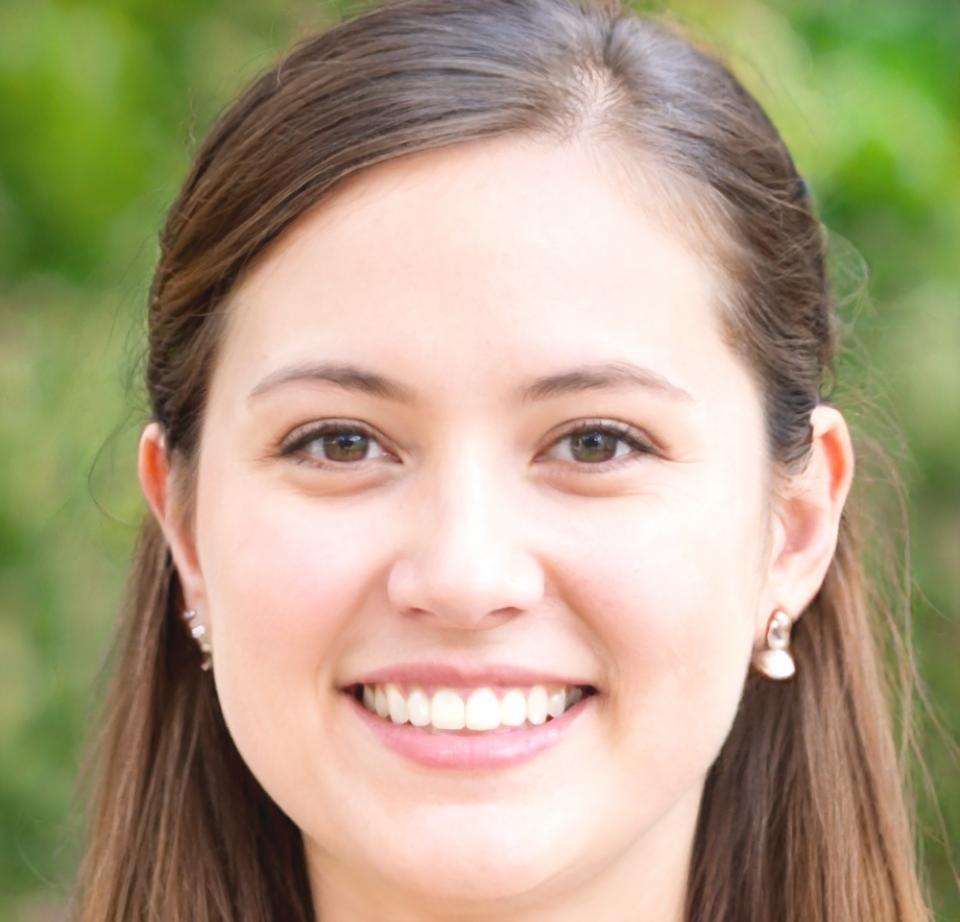Understanding Markets Takes More Than Luck
Real investment analysis starts with knowing how to read what others miss. Our programs help you build that foundation, piece by piece.
Explore ProgramsThree Areas We Focus On
Most people jump into investing without understanding the basics. We break it down differently.
Reading Financial Data
Numbers tell stories if you know where to look. You'll learn how to spot trends in balance sheets, cash flow statements, and earnings reports without getting lost in accounting jargon.
Market Context
Understanding why prices move matters more than predicting where they'll go. We cover economic cycles, sector rotation, and how global events ripple through local markets.
Risk Assessment
Every investment carries risk. The trick is measuring it properly. You'll practice evaluating volatility, correlation, and downside scenarios using real historical examples.

How Our Approach Works
We don't promise overnight success or guaranteed returns. What we do is walk you through practical analysis methods that professionals actually use.
- Start with company fundamentals and build outward
- Work through real case studies from Philippine and regional markets
- Practice scenario analysis with different economic conditions
- Learn to spot red flags in financial statements
Our autumn 2025 cohort begins in September. Classes run for six months with both theoretical concepts and hands-on analysis work.
Building Your Analysis Framework
Investment strategies vary widely, but solid analysis stays consistent. Here's what you'll be comfortable with after completing our program.
Value Assessment
Learn multiple valuation methods—discounted cash flow, comparable company analysis, and asset-based approaches. You'll understand when each method works best.
Technical Patterns
Charts aren't crystal balls, but they show market sentiment. We cover support and resistance, volume analysis, and momentum indicators without the mysticism.
Portfolio Construction
Diversification sounds simple until you try it. We explore correlation, sector weighting, and position sizing using actual portfolio examples.

Carmen Estrella
Lead Instructor
Former equity analyst with twelve years covering consumer and industrial sectors. Now teaching because explaining concepts clearly matters more than most realize.
What Students Actually Learn
Week 1-8: Financial Statement Analysis
You'll dissect real annual reports from companies listed on PSE. We focus on quality of earnings, cash conversion, and debt sustainability. By week eight, you'll be spotting accounting red flags independently.
Week 9-16: Valuation Techniques
This is where theory meets practice. You'll build DCF models, run sensitivity analyses, and understand why two analysts can look at the same company and reach different conclusions—both validly.
Week 17-24: Portfolio Application
The final segment ties everything together. You'll construct hypothetical portfolios, defend your investment thesis, and learn to reassess when conditions change. No fake money competitions—just rigorous analysis practice.
Real Work From Recent Students

Retail Sector Analysis
One student spent three weeks analyzing the Philippine retail sector during the 2024 holiday season. Her work examined same-store sales growth, inventory turnover, and margin pressure. The depth of her comparative analysis showed real understanding of operational metrics.

Infrastructure Investment Case
Another student built a complete investment case for infrastructure bonds, including credit analysis and duration matching. His risk assessment considered both project-specific and macroeconomic factors.

Banking Sector Comparison
A comparative study of three Philippine banks examining capital adequacy, loan quality, and net interest margins across different economic scenarios.

Dividend Strategy Research
This project evaluated dividend sustainability across blue-chip stocks, analyzing payout ratios, free cash flow, and historical dividend growth patterns over ten years.
Ready To Start Learning?
Our next program starts September 2025. Limited to eighteen students to maintain quality interaction. Applications open in May.